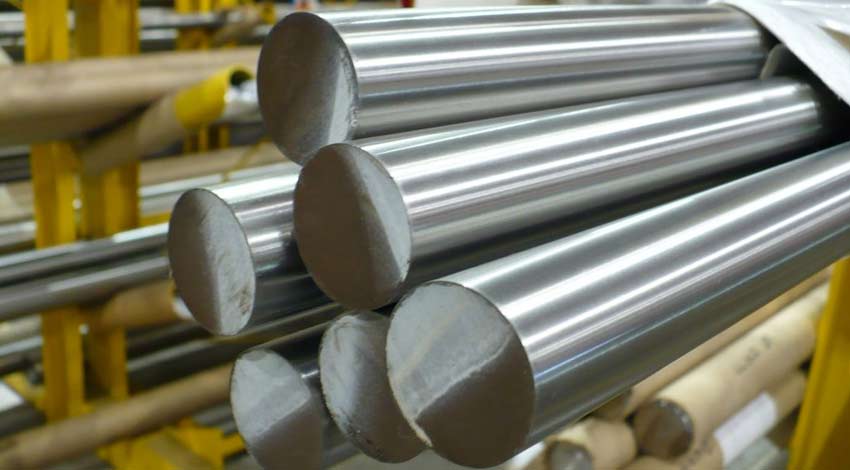
Nickel is a versatile metal widely used across various industries, including chemical processing, electronics, aerospace, and marine engineering. It is available in several grades, each offering unique properties tailored to specific applications. These grades are selected based on factors such as corrosion resistance, strength, and durability. Below is a brief overview of nickel products and their corresponding grades, each designed to meet the specific demands of different industries.
Equivalent :
| Alloy |
British Standard |
Werkstoff Nr |
UNS designation |
| Ni 200/201 |
BS 3075 (NA11) |
2.4060 |
N 02200/01 |
| Ni 205/205 LC |
– |
2.4061 |
N 02205 |
Chemical Compositions :
| Alloy |
Ni |
Mn |
Fe |
Si |
Cu |
C |
Ti |
| Ni 200 |
Min 99.2 |
Max 0.30 |
Max 0.2 |
Max 0.10 |
Max 0.20 |
Max 0.10 |
Max 0.10 |
| Ni 201 |
Min 99.2 |
Max 0.30 |
Max 0.2 |
Max 0.10 |
Max 0.20 |
Max 0.05 |
Max 0.10 |
| Ni 205 |
Min 99.6 |
Max 0.20 |
Max 0.2 |
Max 0.10 |
Max 0.10 |
Max 0.05 |
Max 0.05 |
| Ni 205 LC |
Min 99.6 |
Max 0.20 |
Max 0.2 |
Max 0.10 |
Max 0.10 |
Max 0.02 |
Max 0.05 |
Mechanical Properties :
| Alloy |
Tensile strength
N/mm² |
Elongation
% at L0 =100 mm |
| Min |
Max |
Min |
Max |
| Ni 200/201 |
400 |
550 |
20 |
30 |
| Ni 205/205 LC |
400 |
530 |
20 |
30 |
